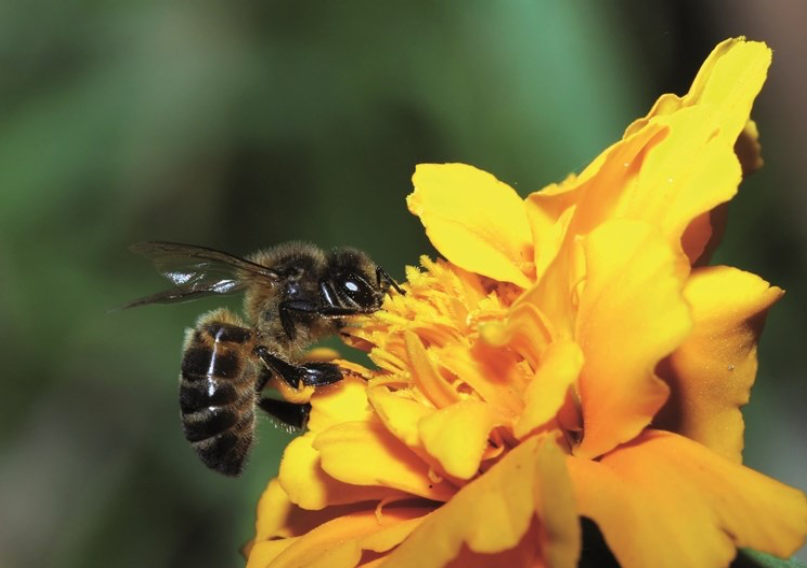Regional Economic Multiplier Impacts and Potential Pollinator Deficits Across Crops was funded by the Honey Bee and Pollination Program and led by Michael Clarke from AgEcon Plus Pty Ltd.
The research focused on a range of crops in Victoria’s Shepparton region and investigated the economic impact of not having enough insects in the area at the right time to ensure maximum pollination results.
Researchers found that by increasing pollination in the Shepparton region the economy would potentially benefit from an increase of $78 million in business turnover and the creation of 106 jobs.
Chairman of the Honey Bee and Pollination Program’s Advisory Panel, Dr Michael Hornitzky, said the study is the first of its kind to quantify direct and indirect impacts of pollination shortfalls on the economy.
“Pollination deficits are due to under-visiting of crops by native bees, flies and beetles which can be a result of small populations of pollinators,” Dr Hornitzky said.










